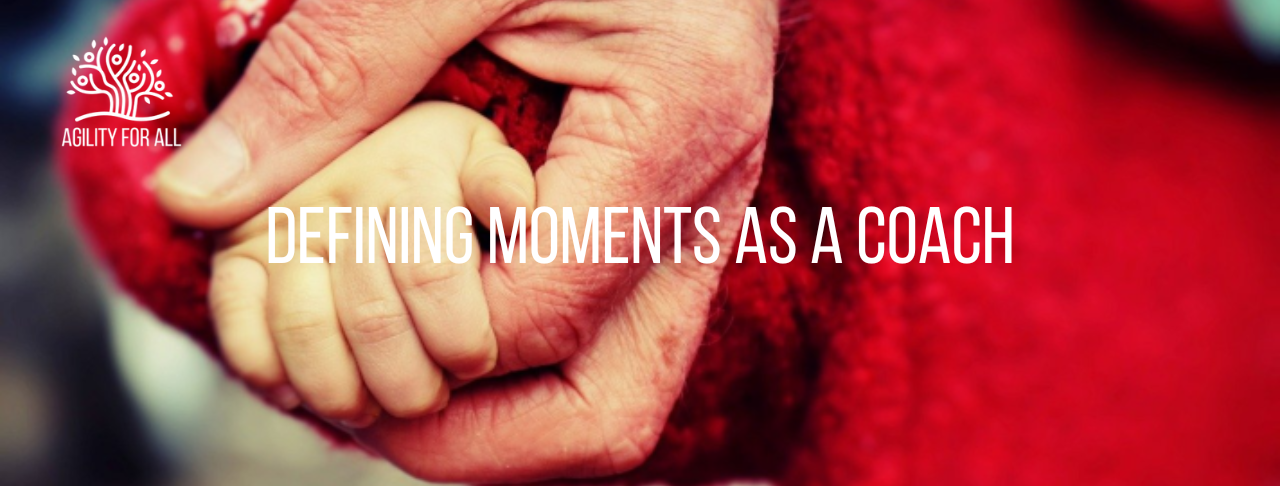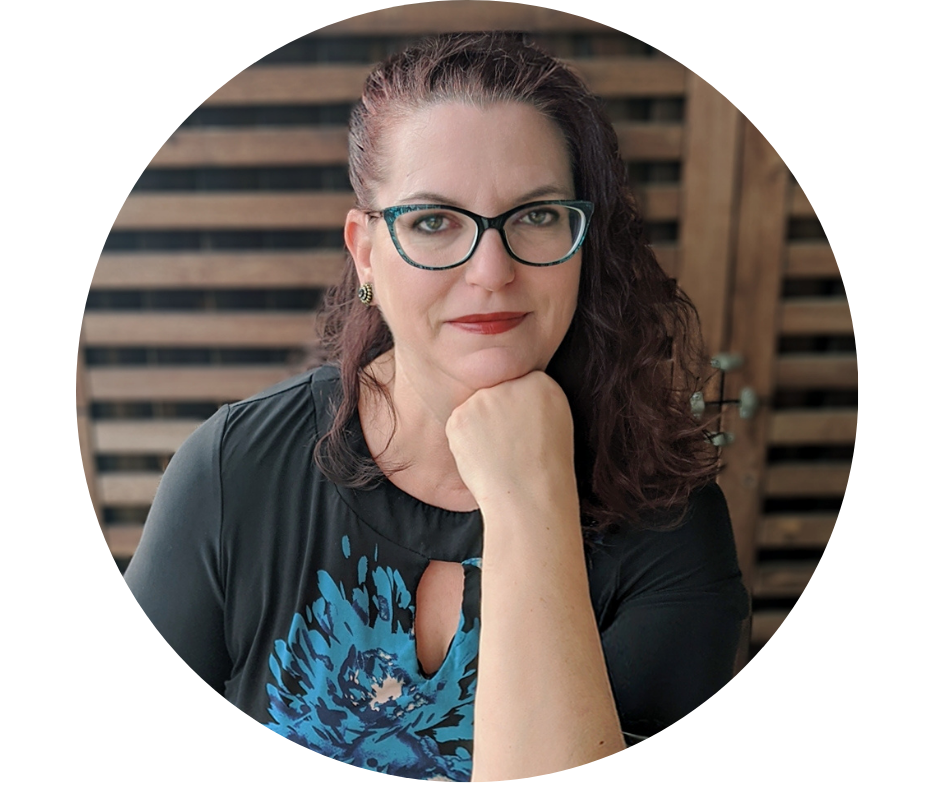Want an offsite in 2024 for your team? Or want to work on adapting your team culture? Schedule a call.

Defining Moments as a Coach
25/11/2020
Often I hear from coaches that their days are reduced to base level activities that resemble teaching more than coaching. But in reality, a team cannot become self-sufficient and self-organizing if they are always waiting for someone to sort them out. They have to fail to succeed. This is a topic we have presented before. But how do you know when a team has crossed over from doing the motions to truly excelling?
Wait Five Seconds…Just Wait…
One technique I have used in the past to encourage them to self-correct is to let the team point out a problem, give them a 5 second pause (which by the way 5 seconds can seem like an eternity on a call) where I don’t say anything, and see if they can arrive at the conclusion that solving the problem is not only expected but well within their purview to do. They have the skills. They know the answer deep within. After the uncomfortable silence someone will slowly ease into a suggestion, and then the team will slowly follow suit and start participating in problem solving not just problem identification. This is a sign. They have evolved. And eventually they will not even bring the problem to you.
They will immediately call together the minds who need to be involved and
-
state the problem,
-
confirm agreement from the team to the stated problem, and
-
work a solution.
You will be flattered if they still want you to be there
And you will be flattered if they still want you to be there as a facilitator and overjoyed if you say nothing in the meeting. This will then carry beyond problems to knowledge sharing, design, and innovation. Here is an example from one of the last teams that I coached. It was a proud moment for me to watch what this team had become.
The team had been doing pair programming for ages. In fact, one of them coined the phrase “power hour” when they would work together to solve a problem quickly rather than stew on it on their own. It was natural now for them to pick up an item in the backlog and reach out to a partner to work it.
But how do you get cross training and include others on the team who don’t have the same skill sets? That isn’t as natural. The team had created annual goals that were value-based and included items identified as areas for improvement in their “year in review” retrospective. This is a process I use with teams as they evolve so that they keep growing. For this team, one of the goals was to provide more opportunities for job shadowing. For the junior team members who serve in a product support role this was a tremendous opportunity for them to learn new skills and identify career paths. For the more senior members, it was an opportunity for them to not only better understand the product, but also each other
It is an open meeting...for our team
One night, one of the developers sent out a team email advising of the change from PS2 to PS12 coding standards and that he had identified some weaknesses in the current codebase as a result of starting the upgrade. The next day, he posted in the Slack channel that he had opened a Zoom meeting to share his screen if anyone wanted to shadow him. You would think that the other developers would be interested, of course, but it was truly refreshing and a sign that the team had arrived in its true being when the support team members asked if they could join. There was still work to be done because as the newer, younger members of the team and in what many considered a less technical role, they still had some angst about being part of what was deemed “more skilled work.” However, not one, but multiple developers, responded with “It is an open meeting...for our team.” And one of the support members responded with “That is so cool. Thanks!
Later in the week, one of the support team members posted in the Slack room “I know listening to us answering calls might be boring, but if anyone wants to shadow us today or tomorrow, it might help with understanding what the customer is asking.” I think he was a little surprised when two people asked how they could participate for an hour each day.
At the next retrospective when the team was discussing what went well, there was a lot of discussion around job shadowing, pair programming, and open offers to continue to share as much as possible. To date, one of the support members has moved into UI/UX, one as quality assurance, and one continues to shadow the developers as he is really keen to become the go-to person for automated testing. While there are schools of thought in the Agile community that job titles/roles are flattened and non-existent, the reality is that everyone on the team comes to the product with specialized knowledge. Whether or not silos develop is up to the coach, the organization, but most importantly the team.
Become a mentor rather than a director
These moments help define our accomplishments as coaches. So if you are in the role of a coach to help teams to grow or as a manager who needs to become a mentor rather than director, think of these critical components of a self-organizing team and contemplate how you can get out of the way and take on a supporting role.
-
Teamwork and Collaboration
-
Communication and Conflict Resolution
-
Competency and Growth
-
Trust and Respect
-
Responsibility and Ownership
-
Motivation and Innovation
-
Continuity and Recovery
And let’s hope that you hear from your teams what one person said to me at the end of our engagement. “Thank you for everything you have done for us...and everything you haven’t done.”
Learn more about the work that we do and the programs that we offer. Set up a call to start planning how you want to change the culture of your organization.
Learn More
About the Author:
 INDRA A. BOOKS
INDRA A. BOOKS
With 25 years of award-winning coaching and leadership experience, Indra has a passion for helping companies, teams, and individuals bring about meaningful, goal-oriented transformations which are firmly grounded in Agile principles. She currently works from Spain with companies around the world to achieve sustainable growth based on true agility; helping them make value-based changes and see results with high-performing teams.
Connect with us
 |
 |
 |
Search

WELCOME TO THE AGILITY FOR ALL LEARNING PORTAL
We offer loads of free information here in the blog and also in our
resource library
Agility for All provides coaching, consulting, and training programs. In addition to specialized consulting, you have the option to choose from:
- group coaching programs
- masterclasses
- 1-week intensive offsites
Our programs are designed to help your organization to:
- Maximize Employee Engagement
- Foster Self-Organization
- Encourage Innovation
- Attain Higher Performance
- Be More Agile
